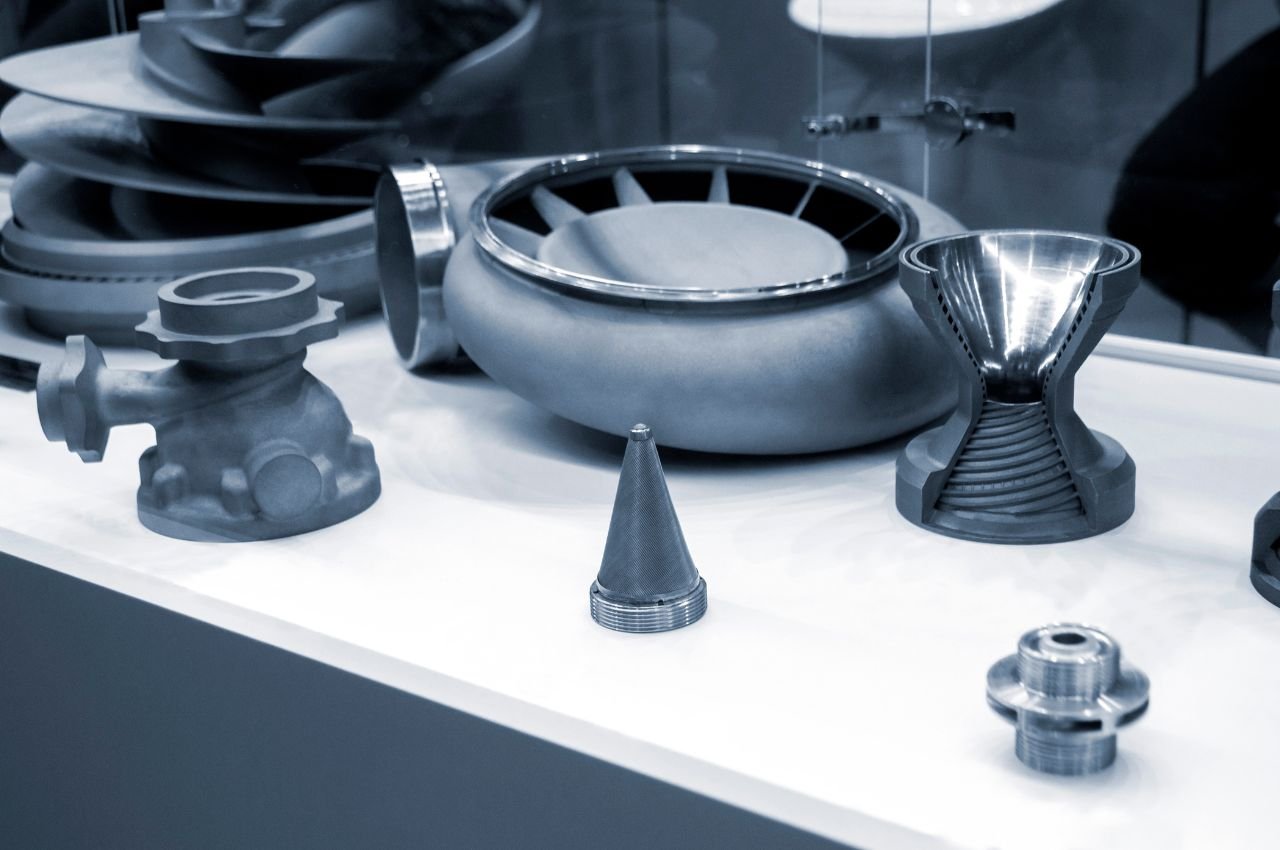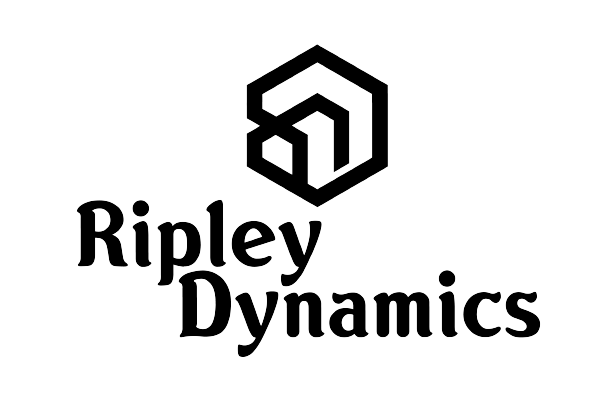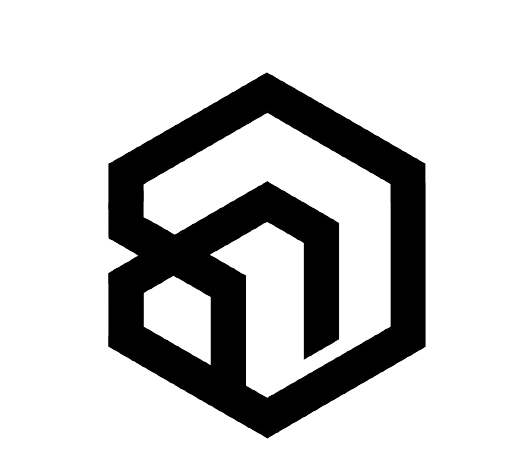
SLM 3D Printing: Cutting-Edge Technology in Australia
Ripley Dynamics is at the forefront of integrating cutting-edge technology in Australia with our Selective Laser Melting (SLM) 3D printing services. SLM is an advanced form of metal additive manufacturing, ideal for creating complex and high-strength metal parts. By using a high-powered laser to fuse fine metal powders together, layer by layer, we can produce components that are often impossible to create with traditional manufacturing methods.
SLM 3D printing is revolutionary in sectors that demand intricate designs and strong materials, like aerospace, automotive, and medical industries. This technology not only enables the production of lightweight, yet sturdy components but also allows for significant design freedom. It is perfect for manufacturing geometrically complex parts, including internal channels and structures with undercuts, which are crucial in optimizing weight and functionality.
At Ripley Dynamics, we embrace this cutting-edge technology to help Australian businesses innovate and stay competitive. Our commitment to using SLM 3D printing ensures our clients access some of the most advanced manufacturing solutions available today.
The SLM Process in 3D Printing: How It Transforms Metal Fabrication
The Selective Laser Melting (SLM) process in 3D printing is transforming the landscape of metal fabrication. At Ripley Dynamics, SLM involves using a high-powered laser to melt and fuse metallic powders layer by layer, based on a 3D digital design. This process enables the creation of metal parts that are both structurally sound and intricately detailed.
SLM stands out for its ability to produce parts with complex geometries that would be challenging or even impossible to achieve through traditional manufacturing techniques. The technology is particularly beneficial for applications requiring lightweight structures with high strength, such as aerospace and automotive components, or medical implants made from biocompatible materials.
Our SLM process involves strict control over parameters like laser power, scanning speed, and atmospheric conditions within the build chamber. This ensures the production of high-quality parts with excellent mechanical properties, precise dimensions, and smooth surface finishes. Ripley Dynamics' SLM 3D printing represents a leap in metal fabrication, offering innovative solutions to complex manufacturing challenges.
For applications requiring high-volume production or a wider range of materials, consider Ripley Dynamics' expertise in Selective Laser Sintering (SLS) 3D printing alongside our SLM capabilities.
Key Features of Our Selective Laser Melting (SLM) 3D Printing Service
Ripley Dynamics’ Selective Laser Melting (SLM) 3D printing service boasts several key features that make it an excellent choice for a range of applications. Firstly, our SLM technology provides exceptional accuracy and detail, making it suitable for producing intricate designs and complex structures. This precision is critical for applications in industries where small details can significantly impact performance, such as in aerospace and medical devices.
Another notable feature of our SLM service is the ability to work with a variety of metal powders, including high-grade metals like titanium, stainless steel, and aluminum alloys. This versatility allows us to cater to different material properties and industry specifications, offering customized solutions to our clients.
We also prioritize the strength and density of the printed parts. Our SLM process ensures parts are manufactured with minimal porosity, resulting in components that are strong, durable, and reliable. Lastly, the flexibility in design offered by SLM technology enables us to efficiently produce lightweight and optimized structures, which are particularly advantageous in sectors where weight is a critical factor.
Why Choose SLM 3D Printing Technology for Your Projects
Selecting SLM 3D printing technology for your projects offers numerous advantages, particularly when working with complex metal parts. At Ripley Dynamics, we recommend SLM for projects that require the highest standards of precision, strength, and material versatility.
One of the key reasons to choose SLM technology is its unparalleled ability to create intricate and geometrically complex structures, which are often challenging or impossible to produce using traditional manufacturing methods. SLM is ideal for parts with internal cavities, fine mesh structures, or sophisticated cooling channels.
Additionally, SLM offers excellent material properties, comparable to those achieved through conventional manufacturing. The parts produced are dense and mechanically strong, making them suitable for critical applications in demanding sectors like aerospace, automotive, and medical technology.
Furthermore, SLM allows for significant design flexibility and optimization. It supports lightweight and efficient design principles, which are essential in industries where reducing material waste and improving product performance are crucial.
Understanding SLM vs. DMLS: When to Use Each Technique
Understanding the differences between Selective Laser Melting (SLM) and Direct Metal Laser Sintering (DMLS) is key to selecting the right 3D printing technique for your project. Both SLM and DMLS are advanced metal 3D printing technologies, but they differ in their process and ideal applications.
SLM technology completely melts the metal powder, creating a homogeneous structure. This is beneficial for projects requiring parts with very high density and mechanical strength. SLM is ideal for creating complex geometries, including parts with thin walls and intricate details. It’s particularly suitable for applications in aerospace, automotive, and medical sectors where high-strength, precision parts are required.
On the other hand, DMLS does not fully melt the powder; instead, it sinters the metal particles together. DMLS is often preferred for parts that require metal alloys, as it can handle a wider range of materials, including metal composites. It's particularly advantageous for prototypes and parts that demand a balance between strength and detailed surface resolution.
At Ripley Dynamics, we help clients choose between SLM and DMLS based on their project’s specific requirements regarding material properties, structural integrity, and complexity of design.
Available Materials for SLM 3D Printing: Expanding Your Creative Horizons
At Ripley Dynamics, our Selective Laser Melting (SLM) 3D printing services offer an extensive range of materials, significantly expanding the creative horizons of designers and engineers. SLM technology allows for the use of various metal powders, each providing unique properties and advantages. This includes metals like titanium, known for its strength-to-weight ratio and biocompatibility, making it ideal for aerospace and medical applications.
Stainless steel is another popular option, offering corrosion resistance and durability, suitable for a wide range of industrial applications. Aluminum, with its lightweight properties, is perfect for automotive and consumer products. For more specialized requirements, we offer high-temperature materials like Inconel, which retain strength in extreme environments, and cobalt chrome, favored in dental and orthopedic implants for its wear resistance and biocompatibility.
By leveraging this diverse range of materials, Ripley Dynamics enables clients to push the boundaries of traditional manufacturing, offering the flexibility to choose the most suitable material to meet the specific requirements of their unique projects.
Our SLM 3D Printing Service: Tailored Solutions for Diverse Needs
Ripley Dynamics' SLM 3D printing service is dedicated to providing tailored solutions that cater to the diverse needs of our clients. We understand that each project has its unique challenges and requirements, and our team works closely with clients to develop customized solutions. Our SLM technology is ideal for producing high-quality, complex metal parts with a focus on precision, strength, and reliability.
Our service includes a consultative approach, where we discuss your project requirements in detail, including material selection, design optimization, and intended application. This allows us to offer solutions that are not just technically feasible but also economically viable and time-efficient. Whether you need prototypes for testing or end-use parts for production, our SLM service is equipped to handle projects of various scales and complexities.
We serve a range of industries, including aerospace, automotive, medical, and more, each with stringent quality and performance standards. With Ripley Dynamics, you gain a partner committed to leveraging the power of SLM 3D printing to bring your innovative ideas to life.
Main 3D Printing Technologies: Where SLM Fits In
In the realm of 3D printing technologies, Selective Laser Melting (SLM) stands out as a specialized method particularly suited for metal fabrication. It’s one of several advanced 3D printing technologies, each serving different purposes and materials. SLM fits into this ecosystem by providing a solution for creating complex, high-strength metal parts with fine details and a high level of precision.
Other main 3D printing technologies include Fused Deposition Modeling (FDM), which is widely used for plastic parts and prototypes; Stereolithography (SLA), known for its high resolution and surface finish for plastic and resin materials; and Direct Metal Laser Sintering (DMLS), similar to SLM but used for different types of metal alloys.
Each technology has its unique strengths, and the choice depends on various factors like material requirements, mechanical properties, surface finish, and production volume. At Ripley Dynamics, we help clients navigate these technologies, including SLM, to choose the most appropriate method for their specific project needs.
Multi-Industry Applications of SLM 3D Printing Services
Selective Laser Melting (SLM) 3D printing services provided by Ripley Dynamics have broad applications across multiple industries, demonstrating the versatility and effectiveness of this technology. In the aerospace industry, SLM is used to manufacture complex, lightweight components that can withstand high stress and temperature environments. These parts contribute to the efficiency and performance of aircraft.
In the medical field, SLM’s precision and material compatibility make it ideal for creating bespoke implants and surgical tools tailored to individual patient needs. The automotive industry benefits from SLM in the production of durable, high-performance parts, enabling the development of innovative automotive designs.
Additionally, SLM finds applications in the energy sector for manufacturing parts used in high-temperature and high-pressure environments, such as in turbines and other critical components. This technology is also increasingly used in the tooling and die-making industries for its ability to produce complex geometries and reduce lead times.
At Ripley Dynamics, our expertise in SLM 3D printing opens up a world of possibilities for these and other industries, offering solutions that are not only innovative but also practical and cost-effective.
Achieving Excellence: Our Standard Surface Finishes in SLM Printing
At Ripley Dynamics, achieving excellence in our SLM 3D printing service includes providing high-quality standard surface finishes that meet the requirements of various applications. The surface finish of SLM-printed parts is a critical aspect that affects both the aesthetics and functionality of the part. Our standard surface finishes range from raw, as-built finishes with a certain degree of roughness characteristic of SLM, to post-processed surfaces that are machined, polished, or treated according to the client’s specifications.
For applications requiring smooth surfaces or specific aesthetic qualities, we offer post-processing services like sandblasting, tumbling, and heat treatments that enhance the appearance and mechanical properties of the parts. For parts requiring precise dimensional tolerances, we provide additional machining to achieve the desired level of precision.
Our commitment to excellence in surface finishes ensures that every SLM-printed part we deliver meets the high standards expected in industries such as aerospace, automotive, and medical devices. At Ripley Dynamics, our clients can be confident that they will receive parts with optimal surface finishes that suit their specific application needs.



